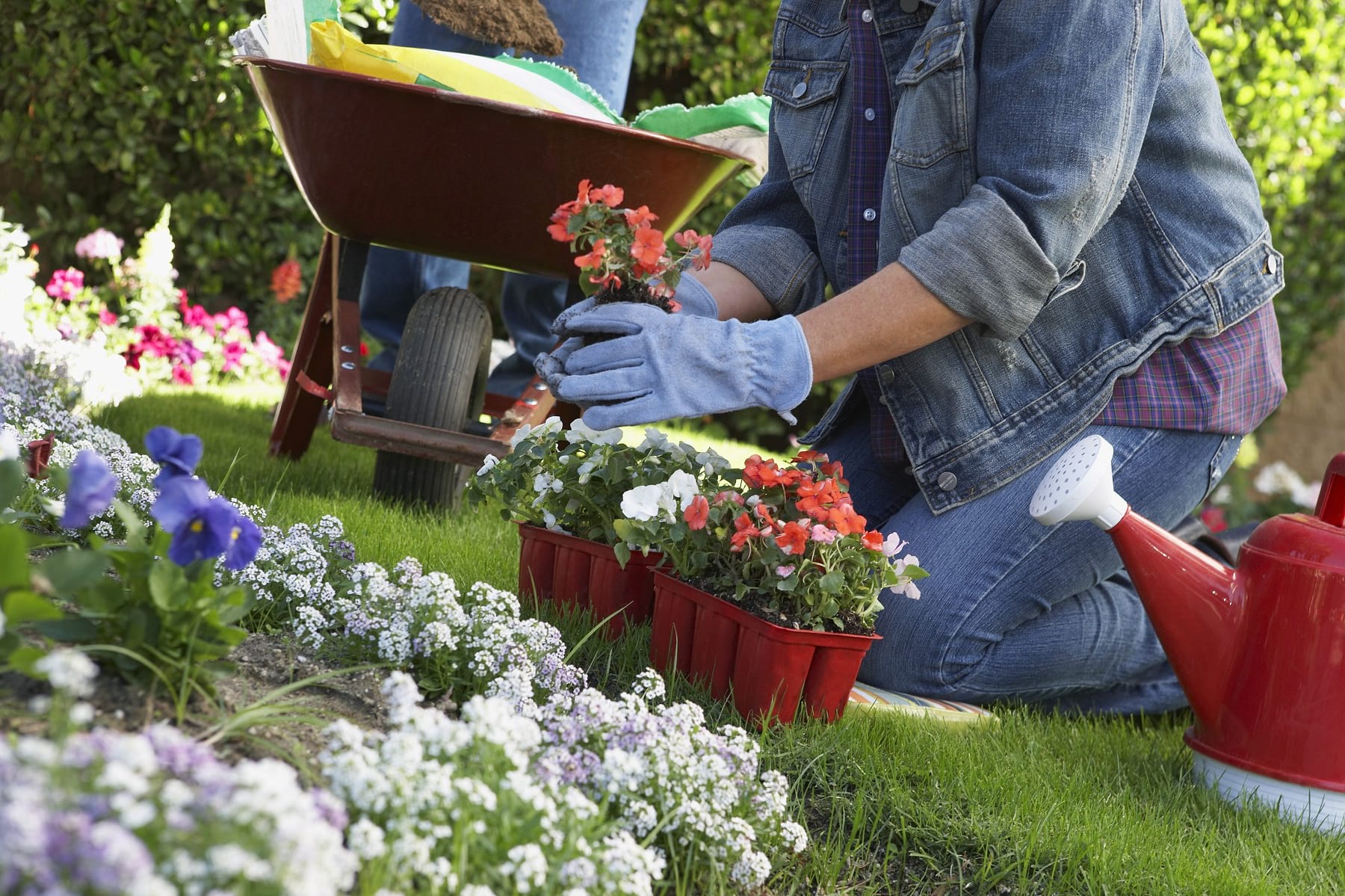
If you’re moving houses, chances are you’d really want to try moving your plants in your yard with you. Of course, given the already-complex nature of house moves, you’d probably just leave your yard there and hope your home’s new owner can take care of them. However, did you know that there’s actually a way for you to move your garden when moving houses? With the right steps, you can have a stress free move that will get your plants in a new home with you. Here are things to consider:
- Get familiar with guidelines and regulations first. While plants are majorly harmless, some states still have specific rules and regulations with regards to how they’re moved. If you’re conducting an interstate move, remember that some states only allow plants to be transferred into the state provided they’re potted, kept indoors, or even have a particular kind of soil. You can look into the United States Department of Agriculture for these specific guidelines to ensure you’re legally moving your plants into your new home.
- Study the growing conditions regarding your plants and your new home. While we want to bring all of our plants to our new home, we need to be on our guard and remember that not all plants can grow in all conditions – even if we’re moving within the country. Granted, indoor plants tend to be very hardy, and you shouldn’t have problems when moving with them. However, outdoor plants and certain plants can get affected by moist or dry conditions. Do try to note what kind of environment your new home would have and determine whether your plants would thrive there in the first place.
- Purchase the necessary items for packing different plants. Depending on the plants you have, you may need to purchase certain items that can help you move your plants in a safe manner. These include paper towels for cuttings, flea collars, plastic ties and bags, bubble wrap, packing paper, sterilized potting soil, plastic pots, and sturdy moving boxes. Having these prepared as soon as possible can make the moving experience for your plants much safer and less stressful on your end.
- Start planning the packing process for your plants months in advance. Unlike other objects, plants can’t be packed in a hurry as they risk being damaged on the way to your new home. In fact, as a plant owner, you may need to start planning your plant packing weeks or even months before the move. For instance, a great way to start is repotting your plants in plastic containers with fresh soils so plants can settle. You can then pack their original clay pots with bubble wrap. Afterwards, you can check for bugs and place flea collars. That way, you can draw out pests and eliminate them before they damage your plant. As with any plant, you should water your repotted plants to keep them fresh.
- Consider packing your potted plants. One of the best ways to bring a plant with you is by packing a potted plant in its entirety. A great way to do this is by placing a plastic bag over the pot and tying it at the base. This keeps the soil contained. Afterward, you should properly tape the bottom of the box you want to use to secure your plant, and place your plant inside. You can fill the extra space with newspaper or packing paper, so this still provides space for your plants to breathe. You can then poke some holes in the box to make way for air flow.
- Consider taking a cutting of a plant. In terms of bigger plants, you also have the option of just travelling with a cutting. Bushes or shrubbery can be taken in this manner. You should make a clean and sharp cut on the area of the bush or flower you want to take. Try to take a healthy cutting that is three to six inches long. When taking this cutting with you, make sure that the end is moist by wrapping them in paper towels that are wetted throughout the day. You can secure all of these with ties or rubber bands, much like a bouquet. If you want to pack these cuttings, you can place them in a plastic pot loosely wrapped in plastic – which can encourage growth and keep the cutting relatively humid.
- Monitor their conditions throughout the trip. When you’re moving with potted plants, make sure that you water them every now and then and always have them exposed to sunlight – but not too much that they’re dried. Monitor their condition and ensure that the plants are kept safe and warm throughout the trip. If possible, try moving your plants to your new home first so you can focus on settling down with them before moving the rest of your things. That way, you won’t have to divide your attention to accommodate your plants and your belongings.
- Remember safe unpacking procedures for your plants. Once you’ve finally moved into your own home, unpack your plants as soon as possible. And when unpacking plants, remove them from the bottom of the box to avoid as much damage as possible. Afterwards, you should place them in pots of the same size as the one they’ve come in. It’s important that you decide where to place your plants and be sure with that decision, as it’s unadvisable to move your plants constantly once they’ve started to acclimate to your new home. Remember to give some of your plants a few days to settle, as they may suffer from transplant shock from the move.
- Hire professional assistance with regards to your house plant moving concerns. One of the best ways you could move your garden and your house plants to your new home would be consulting professionals such as www.veteranmoversnyc.com – particularly for tips for moving house plants. Depending on the team you’re talking with, they may have the necessary services to have your plants shipped via truck or other modes of transportation. Likewise, they may be able to provide adequate storage services for your plants so you could have them arranged for pick up by the time you’re done with the rest of your moving boxes.
Moving With Plants: Make It Work For You
With the above things into consideration, it’s important to remember that moving houses with plants is completely possible – especially with the right kind of perspective and planning. Remember, if you’re planning on moving your things at home, try to see if it’s also possible to buy materials and study how to move your favorite plants. You might be surprised that moving them can be quite easy with the right approach!







